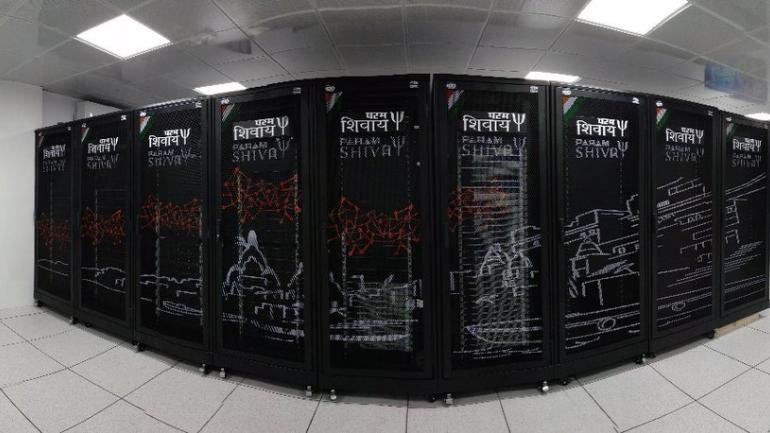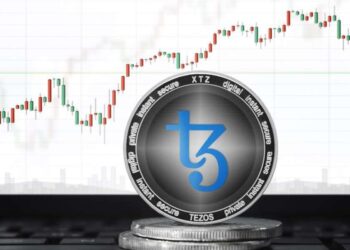In the late 1990s, India was covering its milestone of development at a rapid rate. We were exploring our spacecraft capabilities, nuclear technology, etc. Operation Smiling Buddha was the assigned code name of India’s first successful nuclear bomb test on 18 May 1974. After this year, India approached the USA for the import of the latest Supercomputer named Cray X-MP. India’s request for import was declined, due to Operation Buddha. Other countries, too, denied the request.
In 1986, India decided to manufacture its own supercomputer and assigned National Aerospace Laboratories with the task. Soon, the organization made one of the finest supercomputers. Flosolver is a series of Indian supercomputers designed and assembled by NAL. The PARAM 8000, the mini supercomputer Flosolver-I, was noted to be 28 times more powerful than the Cray X-MP that the government originally requested, for the same $10 million costs quoted for it. It was completed in 1991, just after the four years of denial from the USA. Germany was the first one to demand the PARAM 8000. Soon after, it was exported to a total of 15 countries, that too at a cost of less than a million.
Supercomputers, the term is commonly applied to the fastest high-performance systems available at any given time. They provide high-speed computations, useful for scientific and engineering work.
At present, Globally, China has the maximum number of supercomputers and maintains the top position in the world, followed by the US, Japan, France, Germany, Netherlands, Ireland, and the United Kingdom.
After its success in 1991, the Indian government did not tend to focus on Supercomputers, and hence this was somewhere sidelined.
The National Supercomputing Mission, 2015.
Launched in 2015, the ambitious Rs 4,500-crore project was led by the Ministry of Electronics and Information Technology and The Department of Science and Technology.
through the Centre for Development of Advanced Computing (C-DAC), Pune, and Indian Institute of Science (IISc), Bengaluru.

It supports the government’s vision of ‘Digital India’ and ‘Make in India’ initiatives.
The two major aims were to Increase the Number of Supercomputers and secondly, to train 20000 people who know how to run Supercomputers. It was divided into three major phases. Phase one for Assembling, Phase two for other Components, and phase three for Manufacturing SuperComputers.
The Progress so Far
NSM’s first supercomputer named Param Shivay has been installed in IIT-BHU, Varanasi, in 2019. It has 837 TeraFlop High-Performance Computing (HPC) capacity. The second supercomputer with a capacity of 1.66 PetaFlop has been installed at IIT-Kharagpur. The third system, Param Brahma, has been installed at IISER-Pune, which has a capacity of 797 TeraFlop.

PARAM is a series of supercomputers designed and assembled by the Centre for Development of Advanced Computing in Pune, India. PARAM means “supreme” in the Sanskrit language, whilst also creating an acronym for “PARAllel Machine”.
Out of 4500 Crore (the estimated budget allotted), only one-sixth of the amount is utilized. Out of 20000 people, only 4500 people are trained. That too, a good number of Supercomputers and not provided that ensures regular usage and practices.
Conclusion
The Mission plans to build and deploy 24 facilities with cumulative compute power of more than 64 Petaflops. The supercomputer infrastructure installed at various Institutes across the country has helped the R&D community to achieve major milestones, objectives and products for scientific and societal applications, said the ministry.
Just like India’s progress in the field of Spacecraft, solar energy, Biogas plants, Supercomputers may be soon added to the expertise list and will enter the indigenous supercomputing ecosystem.
Also Checkout: Why is a no-fly zone in Ukraine improbable?
















